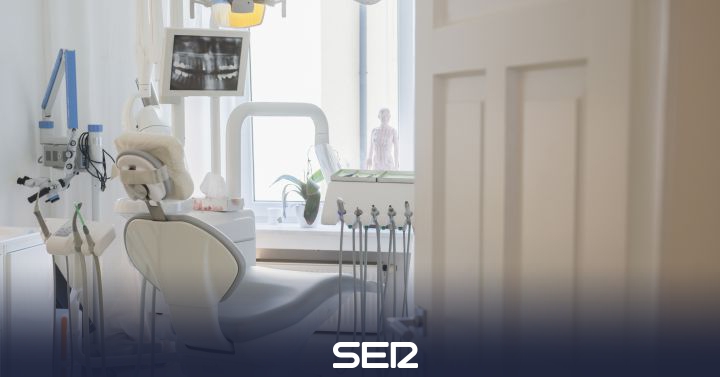The Court of First Instance and Instruction No. 7 of Palencia has approved a judicial settlement agreement between the Legal Services of the Association ‘El Defensor del Paciente’ in Castilla y León and ADESLAS DENTAL, for which the Company will compensate with 70.000 Euros to a patient, 57 years old at the date of the events, due to the very serious damage caused during the implantology treatment, which led to a surgical intervention to resolve the important infection caused by the perforation of the membrane of the maxillary sinus.
Mr. JA had a dental health care policy with ADESLAS DENTAL, for which he received oral health benefits. In November 2013, due to the absence of some teeth, he consulted a dentist from the medical staff of ADESLAS DENTAL, in the clinic that the Company has in the city of Palencia, the possibility of placing implants. She was previously recommended to undergo sinus lift and bone graft treatment, due to the fact that she had bone failure. Said treatment was carried out between the months of January and February 2014. Subsequently, in the month of July 2014, 6 teeth were extracted that the patient kept in the upper arch, and the implant was placed immediately. 7 implants.
However, prior to implant placement, a control CT scan was not performed to know if the sinus lift and graft treatment had achieved the desired objective, which was none other than to obtain enough bone for the osseointegration of the implants.
In the following weeks, the patient began to notice a lot of mucus and congestion, with foul-smelling breath. The dentist assured his patient that the treatment carried out had nothing to do with the symptoms he was referring to. And so during the following months, in which the symptoms persisted and worsened.
Don JA consulted with another specialist, who performed a nasal endoscopy and immediately noticed a TOTAL COLLAPSE OF THE LEFT NASAL FOSS WITH MASSIVE INFLAMMATION AND PURULENT SECRETION, diagnosing him with odontogenic sinusitis and prescribing antibiotic treatment. Treatment failed to resolve the situation. And in a new consultation a CT scan was performed that showed OCCUPATION WITH DENSITY OF THE LEFT ETMOIDOMAXILLARY SOFT PARTS, being diagnosed of maxillary sinusitis of dental origin, referring the patient to a specialist in Maxillofacial Surgery for immediate resolution of the problem.
In July 2015, the patient was seen by the specialist, who reported the need for urgent intervention, surgery that was performed on July 14, 2015. Surgery and analysis of the extracted remains confirmed the infection, caused because most of the dental implants had been placed outside the pneumatic cavities of the maxillary sinuses., thus perforating their membranes.
The lawyer of the Association ‘El Defensor del Paciente’, SANTIAGO DÍEZ, indicates that: “The lack of sufficient bone after the regeneration treatment carried out by the first dentist caused the implants that he subsequently placed to invade the maxillary sinus, causing the perforation of the membrane and the sinusitis that later developed and became infected”.
If the dentist had carried out a radiological control prior to the placement of the implants to verify that he had achieved sufficient bone height to support the implants, The perforation that occurs precisely because the objective pursued with the previous bone regeneration treatment has not been achieved would have been avoided. And, in any case, he should have checked if there was a problem when the patient is referred by his doctor to assess a possible complication related to the implants. The passivity of the dentist in the face of the symptoms presented by Don JA, without carrying out any verification and dismissing the possibility of describing a possible complication early, caused the diagnosis to be delayed and the infection progressed to a severe picture of sinusitis that led the patient to the need to undergo surgical intervention.
The patient has been left with functional and aesthetic sequelae, derived from the lack of osseointegration of the implants, without the possibility of possible repair, which affect both speech and chewing functions, as well as the patient’s facial aesthetics; in addition to chronic sinusitis, which requires continued treatment.
–

:quality(80)/cdn-kiosk-api.telegraaf.nl/45f9f56a-0555-11eb-b024-02d2fb1aa1d7.jpg)
